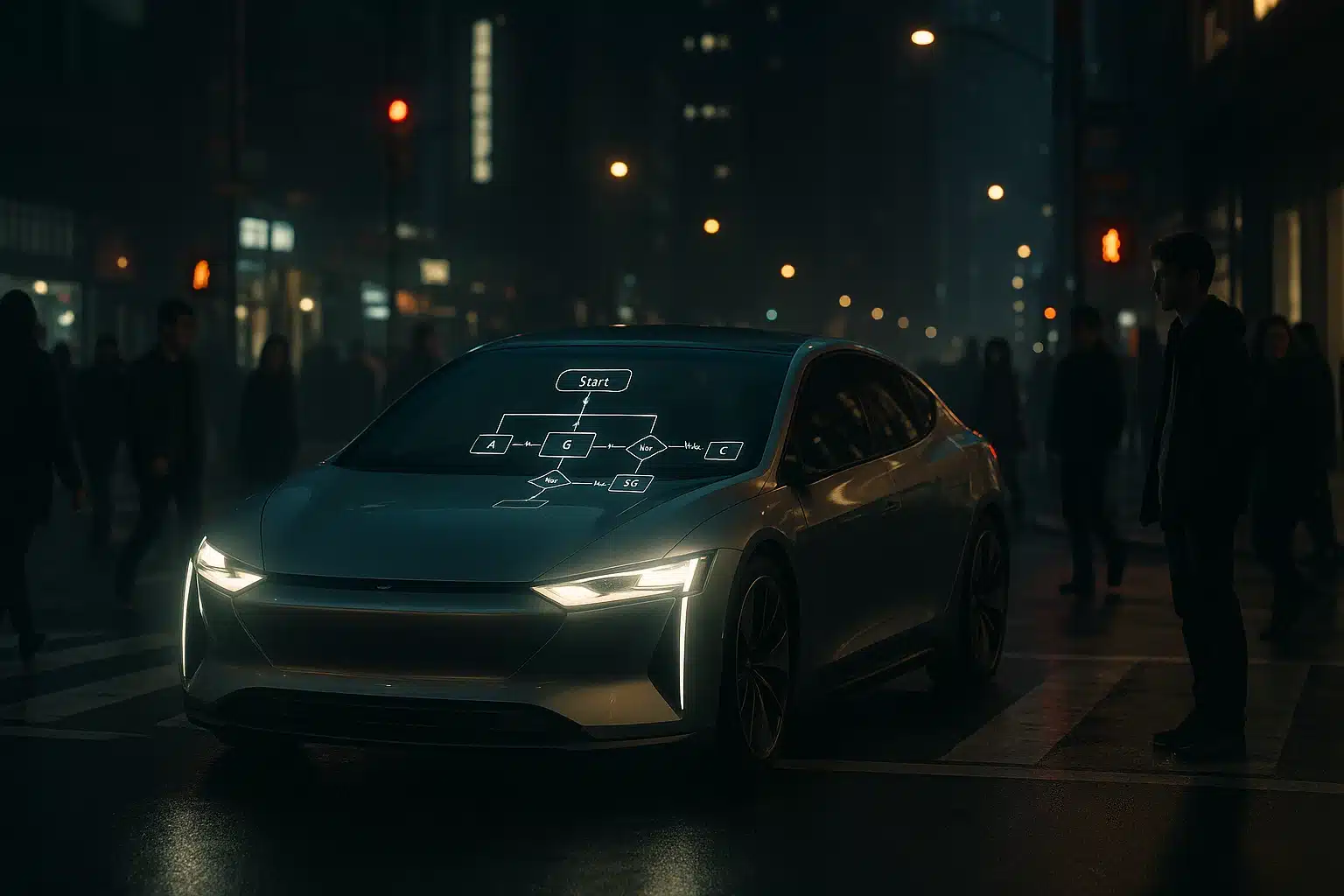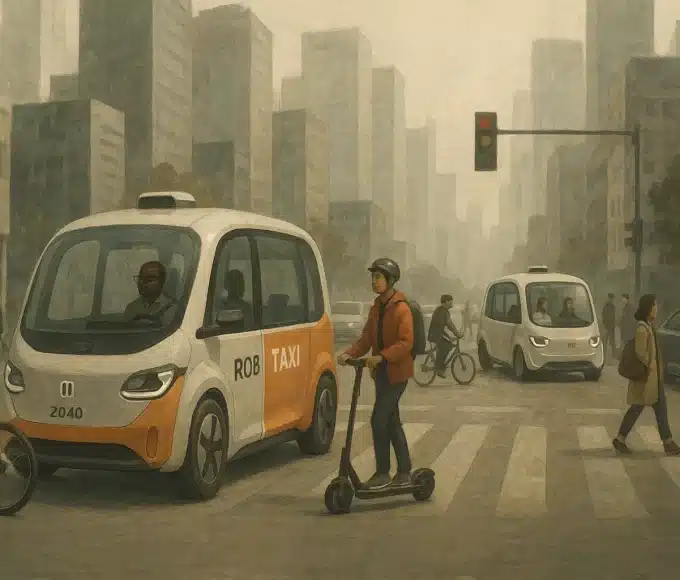Self-driving cars are here — but we still don’t know what they should do in a crash
Everyone’s talking about sensors, maps, and software. But the real problems with self-driving cars go way deeper. At the core of this technology is a simple but terrifying question:
What should a machine do when someone is about to die?
Who decides? How does it decide? And who’s responsible if the decision ends badly?
These aren’t just bugs to fix. They’re ethical landmines. Here are six of the biggest questions AI in cars still can’t answer.
1. Who should die if someone has to?
Two pedestrians suddenly walk into the road. The self-driving car has no time to stop. It can either hit both or swerve and hit a single person on the sidewalk.
What does it do?
This is the classic “trolley problem” — and cars powered by AI might have to solve it in real time. But who programs that decision? And is it based on math, morality, or cold efficiency?
2. Does a car protect the passenger over the public?
If a collision is unavoidable, should the car sacrifice its passenger to avoid hurting others? Or protect the person who bought it?
Would you buy a car that might choose to kill you to save someone else?
Tesla, Waymo, and others have avoided answering this publicly. But the problems with self-driving cars go straight to this uncomfortable truth.
3. Do rich people get safer outcomes?
Let’s say a luxury autonomous car has more sensors and better decision-making software than a cheaper one. In an accident, one car avoids a crash. The other doesn’t.
What happens when life-and-death decisions are tied to money and model?
It’s not hypothetical. These gaps already exist in airbag systems, emergency braking, and blind-spot warnings. AI could make it worse.
4. Should age or health matter in decisions?
If the car knows that one person is older and another is a child — does it try to save the child?
What about people with disabilities? Or passengers who are pregnant?
Should AI even have access to this data in the first place? And if it does, can it be trusted not to abuse it?
5. Who’s responsible if the car chooses wrong?
If an autonomous vehicle crashes and people die, who is responsible?
-
The car owner?
-
The software developer?
-
The company that built the car?
-
The regulator that approved it?
Right now, the answer depends on where you live. In many places, no one knows. That’s a legal black hole.
6. What if AI is wrong about the situation?
Self-driving cars rely on prediction — not perfect understanding. They don’t “see” like humans. They guess based on patterns.
What happens if a car misidentifies a stroller as a plastic bag? Or reads a stop sign as graffiti?
Even one mistake can destroy lives. But as long as cars are trained on incomplete data, these mistakes will keep happening.
The problems with self-driving cars are not just technical. They are moral, legal, and social — and we still don’t have clear answers.
Building the car is the easy part. Teaching it how to make impossible choices without turning every drive into a gamble? That’s where the real challenge begins.
Read more – Waymo and the Race to Autonomous Taxis
















Leave a comment